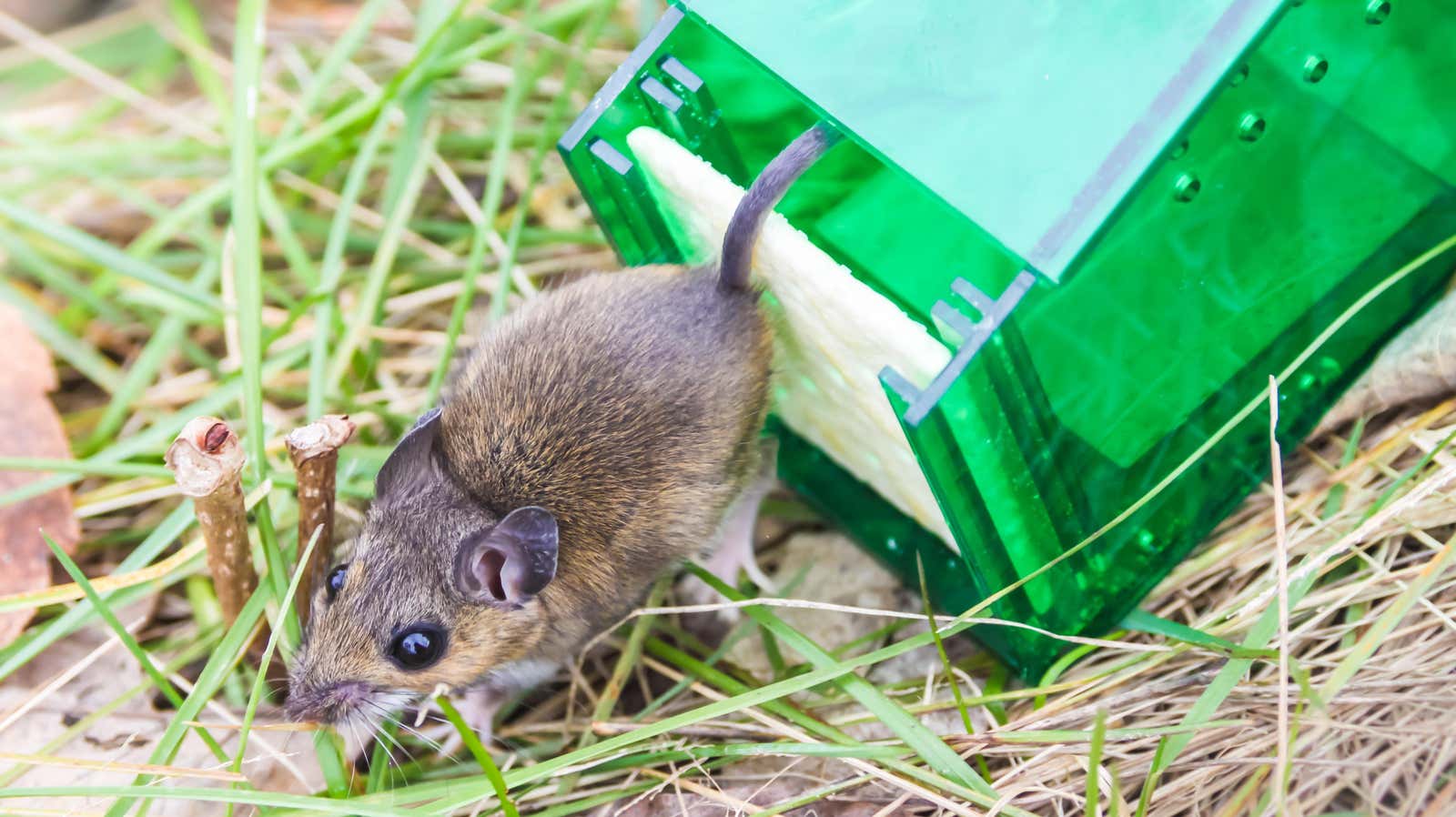What Is Humane Pest Control and How Does It Work?

In an ideal world, we would decide with whom and with what to live in our house. Unfortunately, real life doesn’t always work out like this, and it’s entirely possible that we will have unwanted roommates from time to time.
Even if you no longer need to live with your roommates, it means little to rodents and other critters that constantly seek food and / or shelter. Of course, you may not be thrilled with these uninvited tenants, and while you probably want to evict them, you may not want them to die in the process. That’s where humane pest control comes in. Here’s what you need to know about these pest control methods.
What is Humane Pest Control?
Basically, humane pest control – sometimes referred to as “wildlife disposal” – involves removing unwanted animals from your home or yard without killing them, and preventing them from getting inside in the first place.
According to Humane Society International, once you realize you have a pest problem, it’s best to take action right away. Start by identifying the food source that caused the animals to enter your yard and remove it. (This includes protecting any trash, recyclable and / or compost bins you have outside.) Then use a non-killing method to move the animal (s) out of your home and close any openings or other entrances that would allow them to access again.
How does humane pest control work?
While you can do a lot on your own in terms of preventing unwanted animals from entering your home or yard, disposal is a little more difficult. For example, setting non-killing traps and then moving animals may seem compassionate, but according to the Society for the Prevention of Cruelty to Animals of British Columbia (BC SPCA) , this is not a permanent or humane solution.
In many cases, it may be best to call a professional for removal. But that in itself creates another problem: make sure you choose a company that uses methods that don’t harm animals in the process. The Humane Society International has prepared guidelines for selecting a wildlife management service, including questions to ask to determine if the company’s actions are truly humane and ethical.